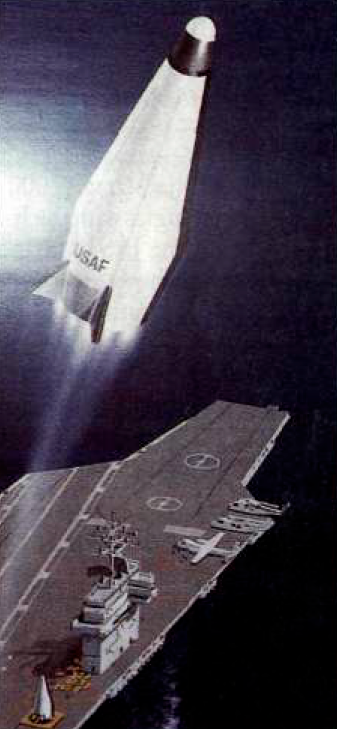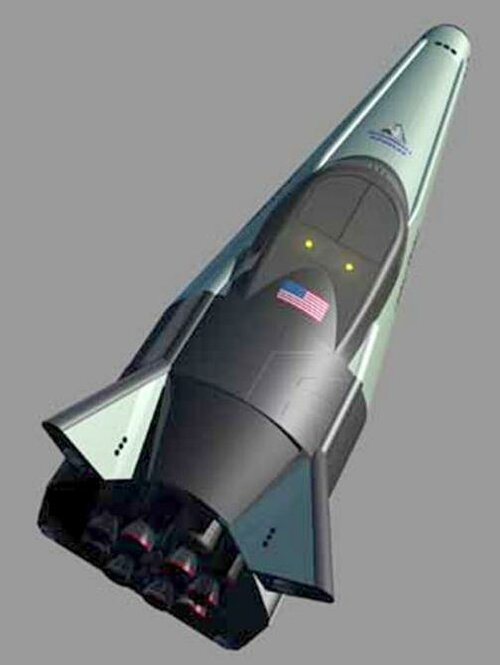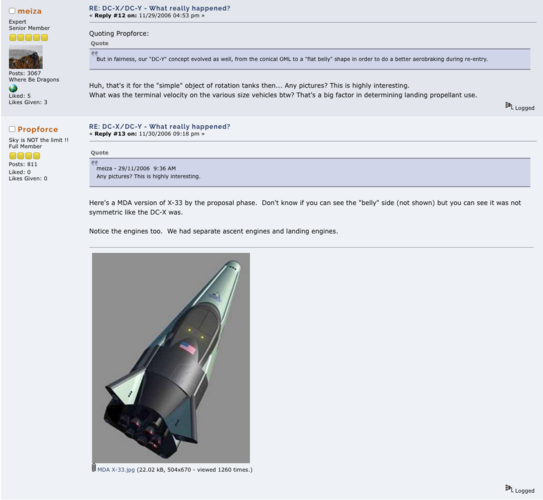- Joined
- 1 April 2006
- Messages
- 11,375
- Reaction score
- 10,203

Portfolio DC-X Delta Clipper Hover Test Crash Photos White Sands Missile Range
1993-1996. A collection of 12 DC-X photographs, plus a cover image print. Includes flight images, group photos, and two crash pics from 1996. Nine of the pics have information stamps on the back. 3 ring binder. This is from the personal photograph collection of Gerry C. Coleman (Gerald Claiborne...
vintagemenumania.com
Attachments
-
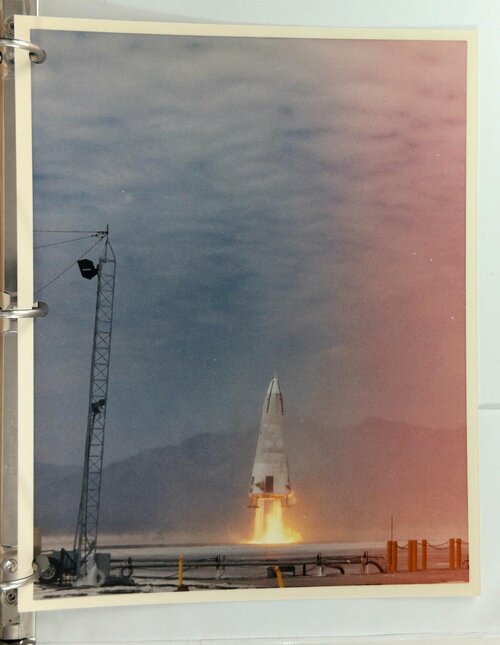 img20786_2048x2048.jpg231.5 KB · Views: 149
img20786_2048x2048.jpg231.5 KB · Views: 149 -
 img20785_2048x2048.jpg198.1 KB · Views: 74
img20785_2048x2048.jpg198.1 KB · Views: 74 -
 img20784_2048x2048.jpg160.4 KB · Views: 75
img20784_2048x2048.jpg160.4 KB · Views: 75 -
 img20783_2048x2048.jpg216.9 KB · Views: 76
img20783_2048x2048.jpg216.9 KB · Views: 76 -
 img20782_2048x2048.jpg239 KB · Views: 77
img20782_2048x2048.jpg239 KB · Views: 77 -
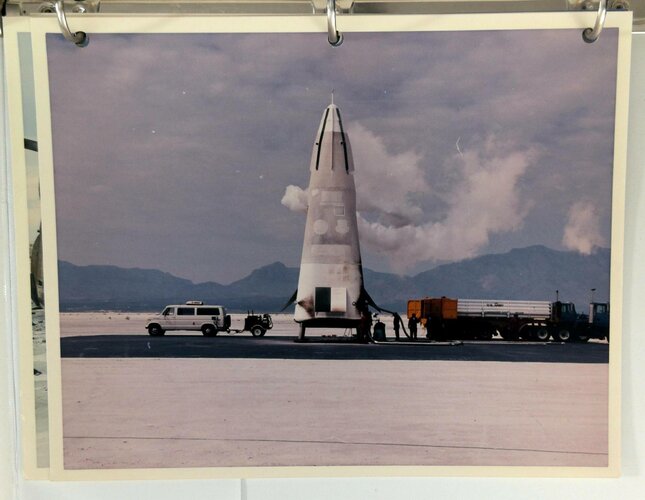 img20781_2048x2048.jpg218.1 KB · Views: 76
img20781_2048x2048.jpg218.1 KB · Views: 76 -
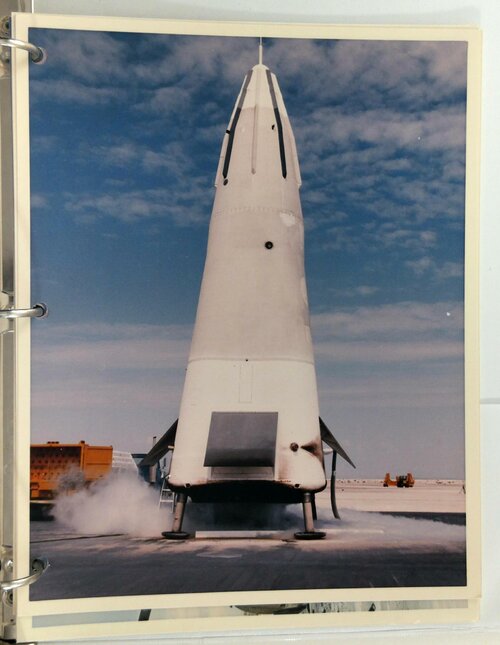 img20780_2048x2048.jpg224.4 KB · Views: 69
img20780_2048x2048.jpg224.4 KB · Views: 69 -
 img20779_2048x2048.jpg174.7 KB · Views: 73
img20779_2048x2048.jpg174.7 KB · Views: 73 -
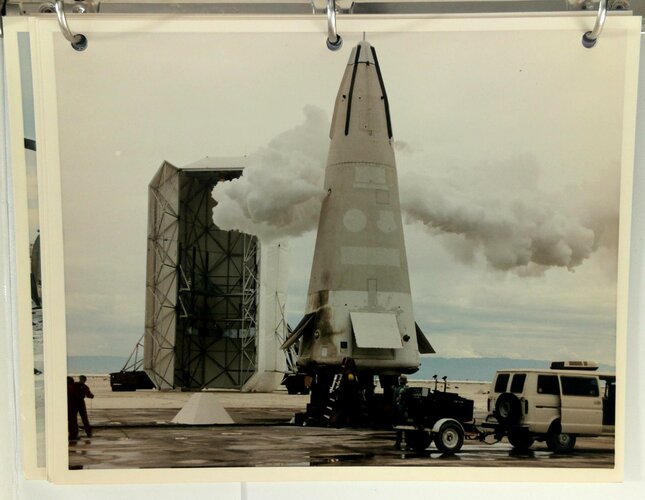 img20778_2048x2048.jpg227.3 KB · Views: 86
img20778_2048x2048.jpg227.3 KB · Views: 86 -
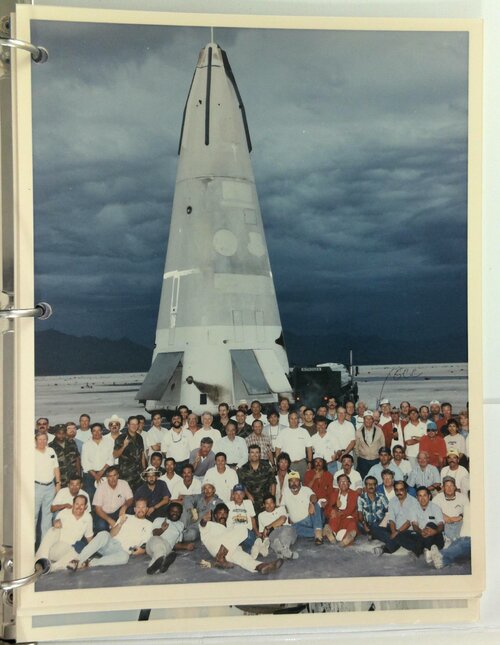 img20777_2048x2048.jpg273.9 KB · Views: 84
img20777_2048x2048.jpg273.9 KB · Views: 84 -
 img20776_2048x2048.jpg334 KB · Views: 85
img20776_2048x2048.jpg334 KB · Views: 85 -
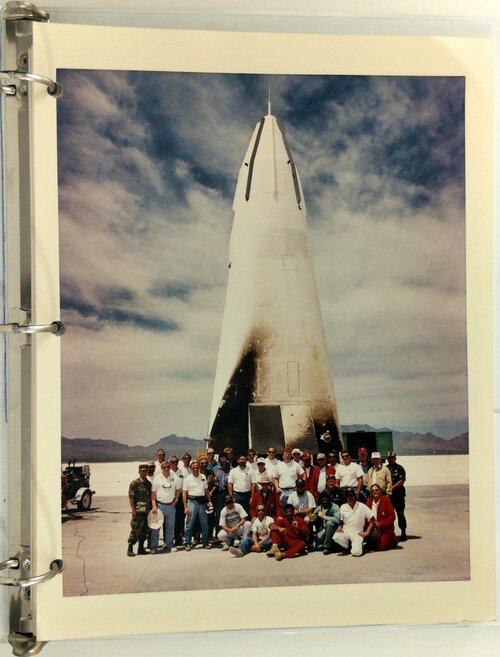 img20775_2048x2048.jpg259.2 KB · Views: 90
img20775_2048x2048.jpg259.2 KB · Views: 90 -
 img20774_2048x2048.jpg231.5 KB · Views: 155
img20774_2048x2048.jpg231.5 KB · Views: 155

